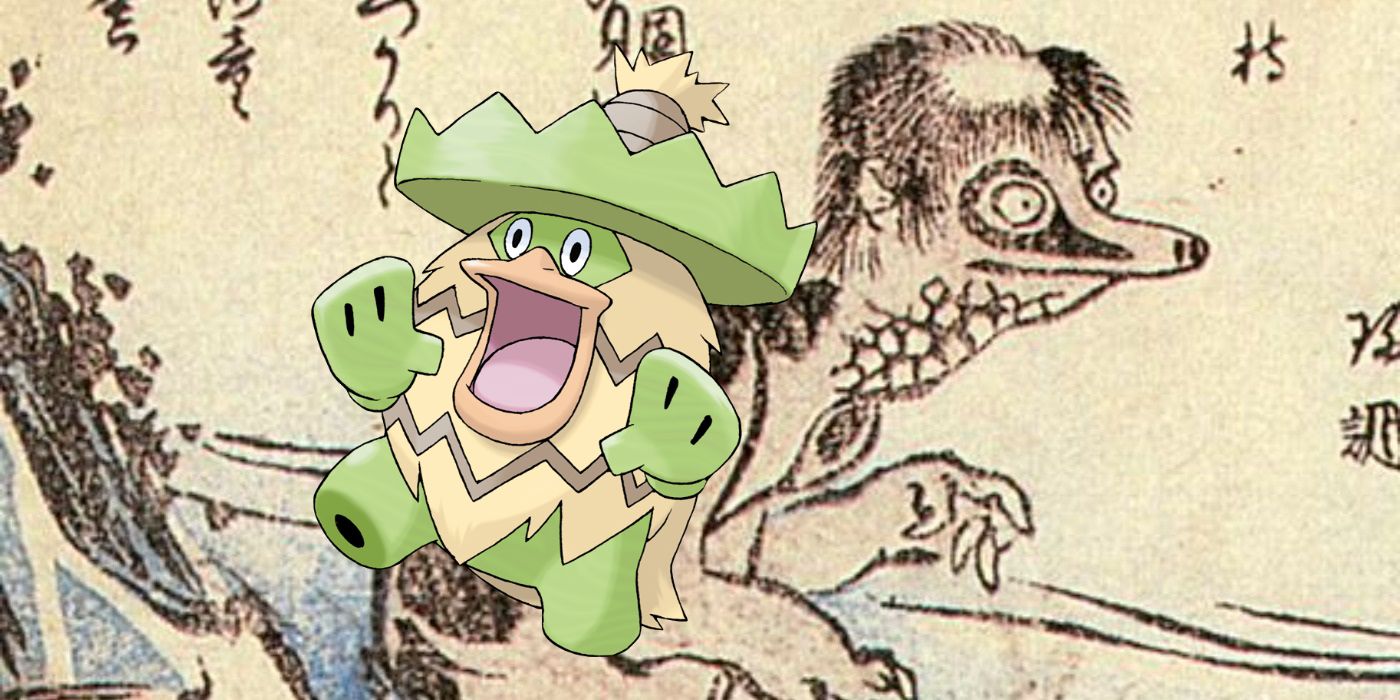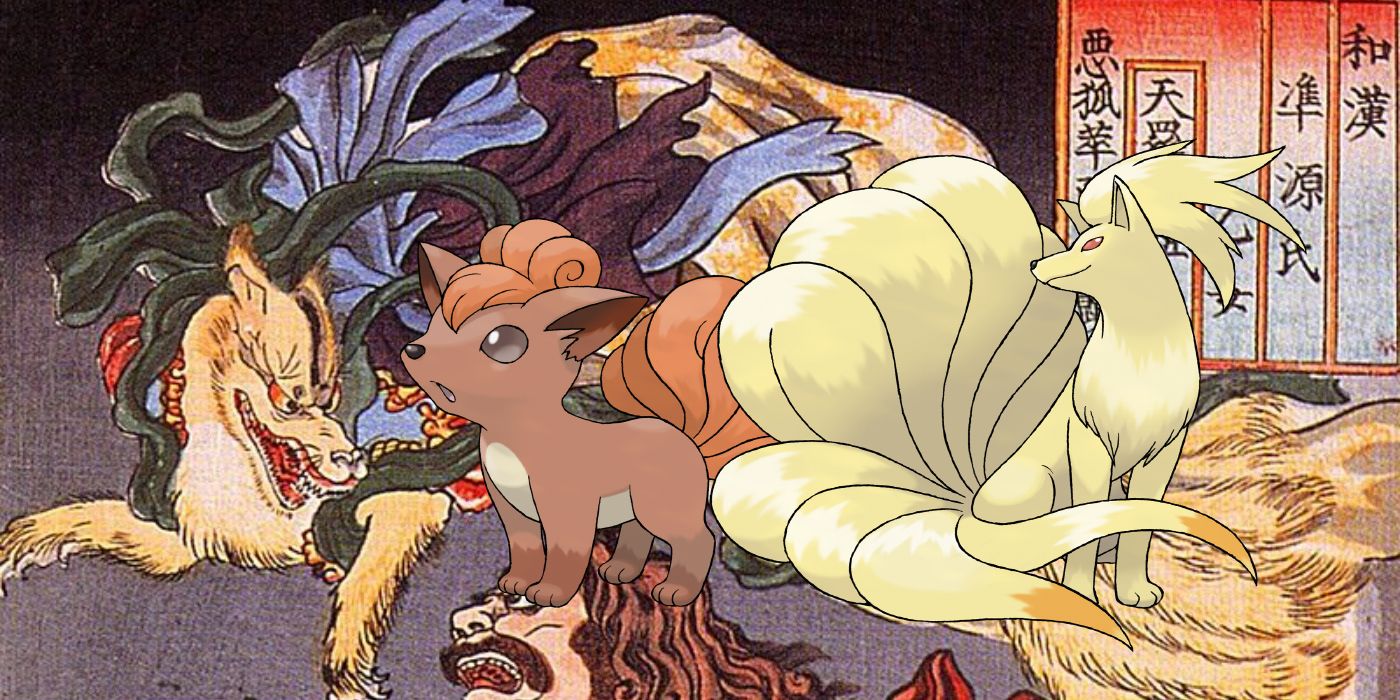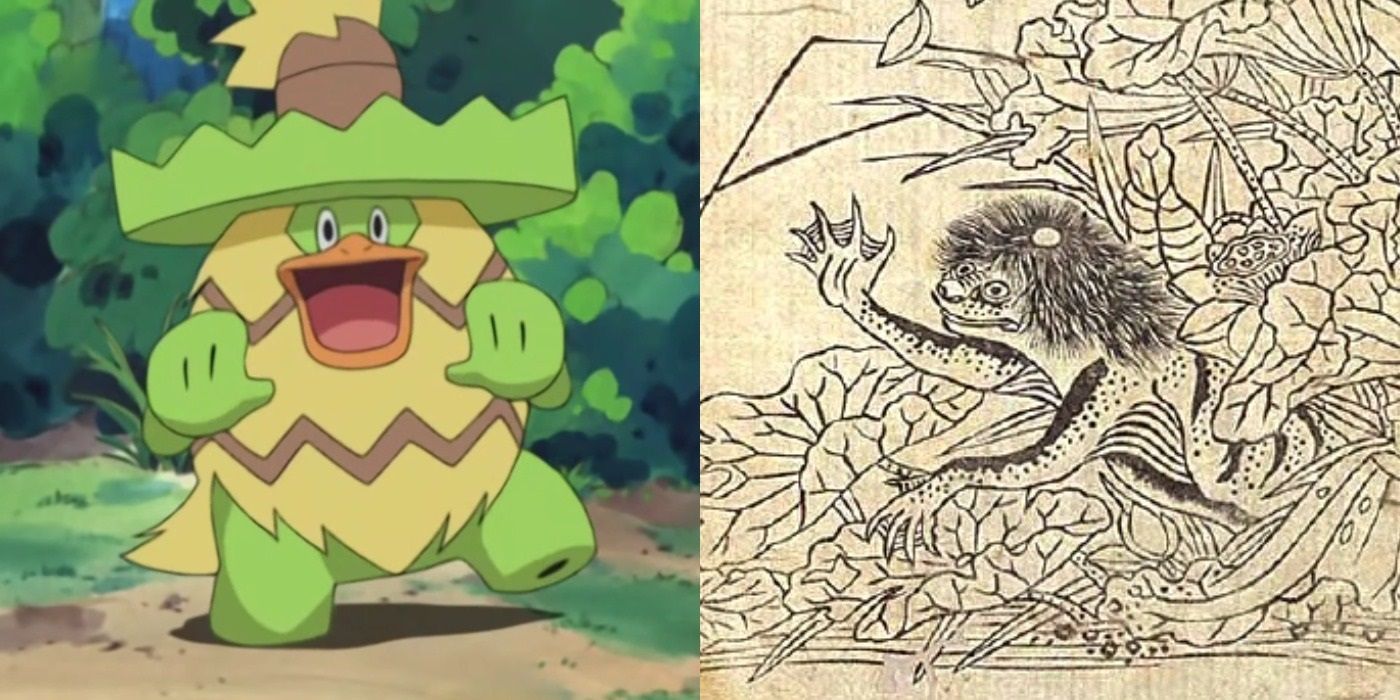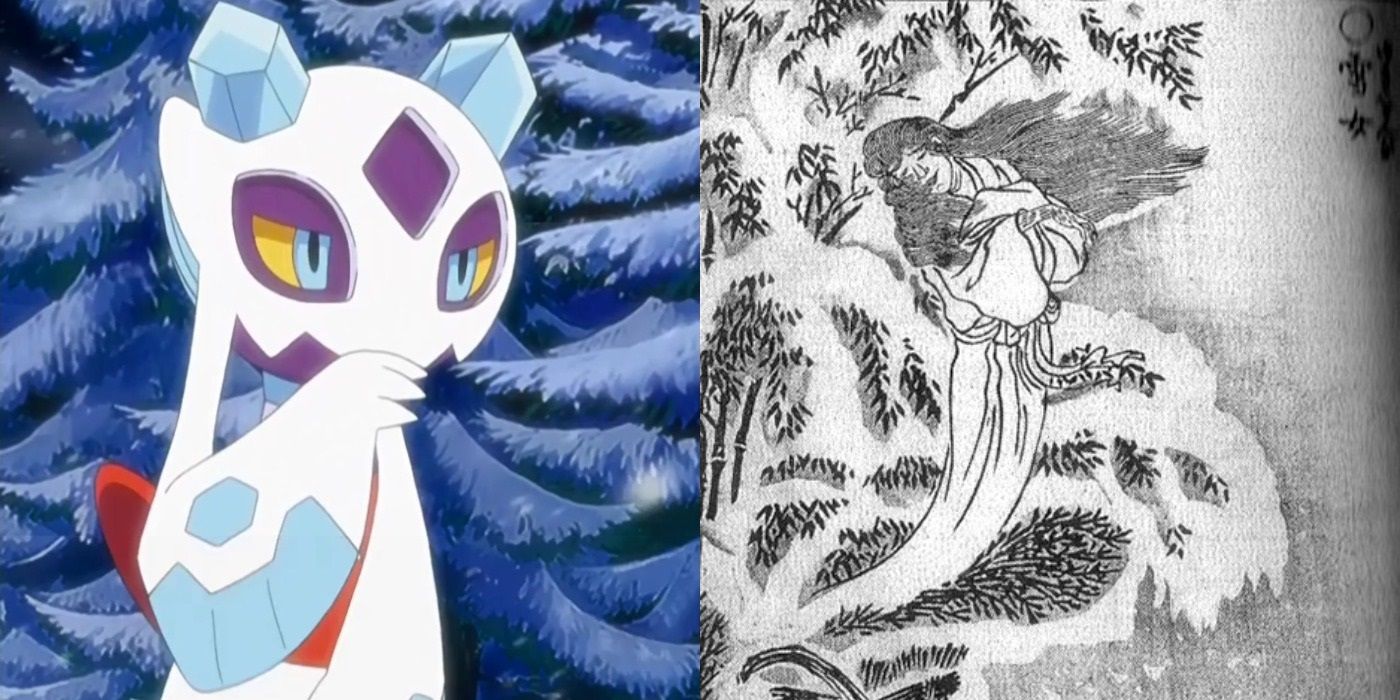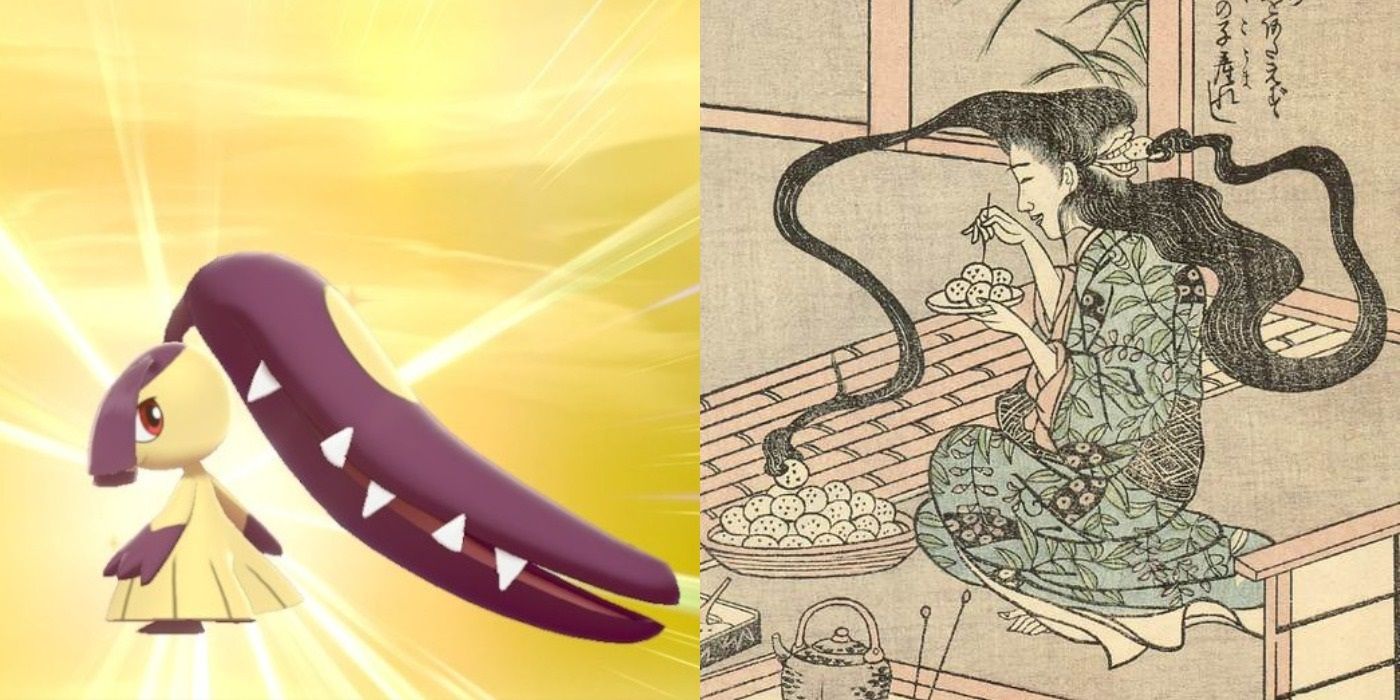There are some Pokémon that are Japanese yōkai, with little else changed from their source material. The Pokémon franchise was inspired by series creator Satoshi Tajiri's love of bug collecting when he was a boy, which is why there were many insects among the original 151 Pokémon, but the nature of the franchise allowed for Pokémon to be inspired by anything, from real-world animals to creatures from folklore and mythology.
There is a lot of mythology from around the world to mine for Pokémon ideas, such as Zapdos coming from the thunderbird of Native American myth, or Ho-oh being based on the Chinese version of the phoenix. In Japan, there are folkloric entities called yōkai, which consist of monsters with horrifying origins to spirits, to supernatural curses that afflict humans.
There are a number of different Pokémon in the franchise that are inspired by yōkai, which makes sense, considering developer Game Freak is a Japanese studio. There are some Pokémon whose yōkai inspiration is extremely blatant, and it didn't take much work for the designers to adapt them into Pokémon.
Vulpix & Ninetales Are Pokémon Versions Of Kitsune & Kyubi
The idea of foxes with supernatural powers or human levels of understanding is something that appears in a lot of Japanese media, as it relates to the myth of the kitsune, which are foxes with magical powers that get stronger as they grow older. This is the concept behind the Vulpix line, which starts out as a fox with six tails, and evolves into Ninetales. The nine-tailed fox (also known as kyubi) is especially powerful and has appeared in lots of anime and video game franchises, most notably Digimon and Naruto. The leaked early builds of Pokémon Red & Green and Pokémon Gold & Silver had an earlier form for this line, which was a fox with three tails, but it never officially became part of the series.
The Pokémon Ludicolo Line Are Basically Just Kappa
Kappa are another well-known type of yōkai that appear in various forms of Japanese media. These are aquatic yōkai that resemble amphibians or lizards, which have a special basin on their head that carries water. If that water is removed, then it harms or weakness the kappa. In Pokémon, the Ludicolo line consists of Pokémon that have a massive dish on their head that collects water. They tend to have the Pokémon Rain Dish ability, which heals them when the rain weather effect is active, as a further nod to the kappa.
Froslass Are Pokémon's Yuki-onna Yōkai
Froslass has some of the most disturbing Pokédex entries in the series. According to the Pokédex, Froslass are Pokémon made from women who die on snowy mountains and are reborn as Pokémon. It's also said that Froslass feeds on the souls of men and loves to display frozen corpses in its home. The Froslass is clearly based on the legend of the yuki-onna yōkai, of which there are numerous tales and variations. Yuki-onna are ghosts of women who reside in snowy locations and are known for stealing children and feeding on the life force of living beings.
Mawile Are Futakuchi-onna
Mawile might have one of the strangest origins in the Pokémon franchise. It's based on the story of the Futakuchi-onna, which are women that have a second mouth in the back of their head. The cause of the second mouth changes in different tellings of the story, but it's often linked to miserly behavior, or as a punishment to those who are abusive. In this case, it's usually a regular person who is transformed into a yōkai, rather than being born as one.

